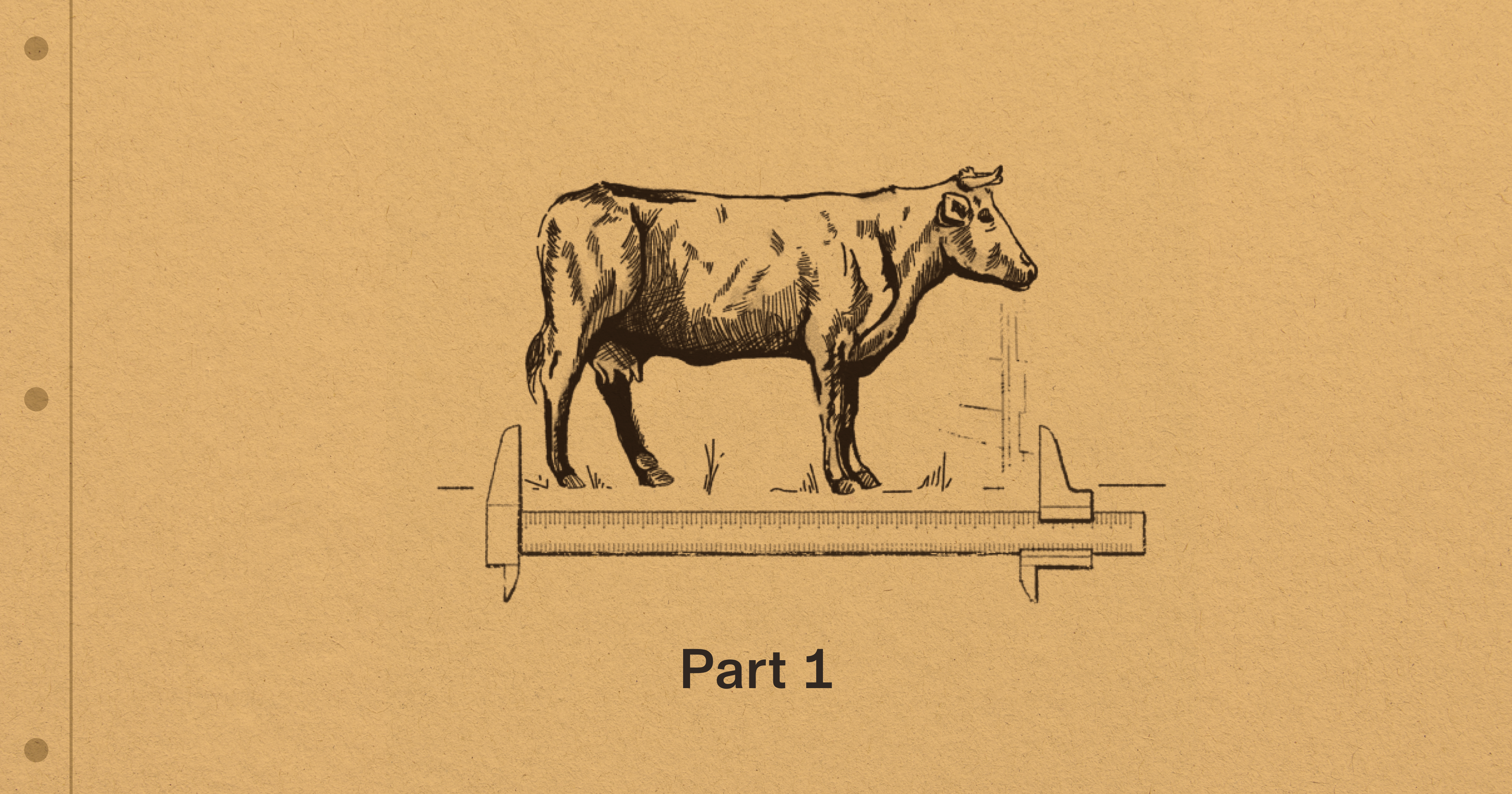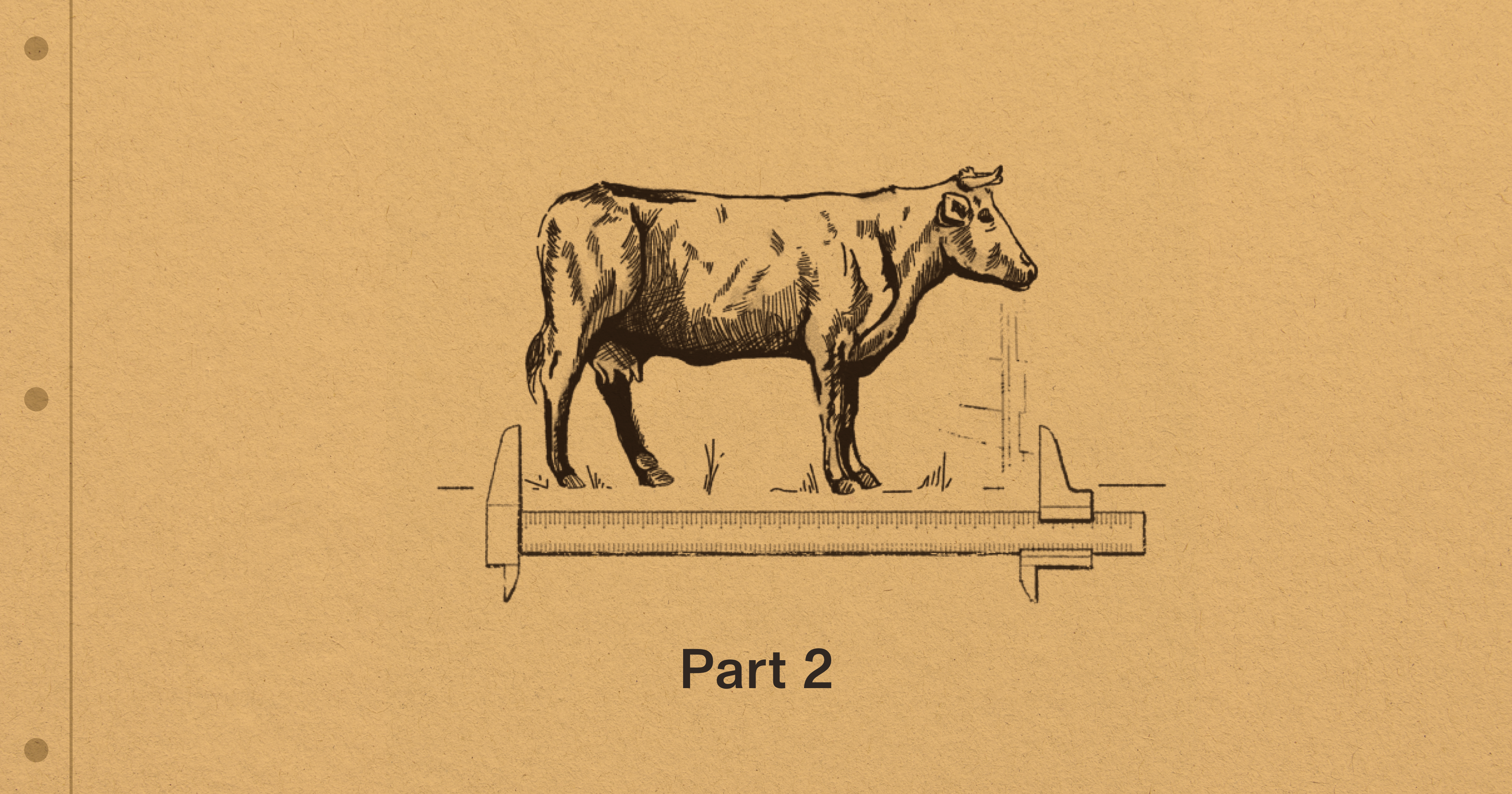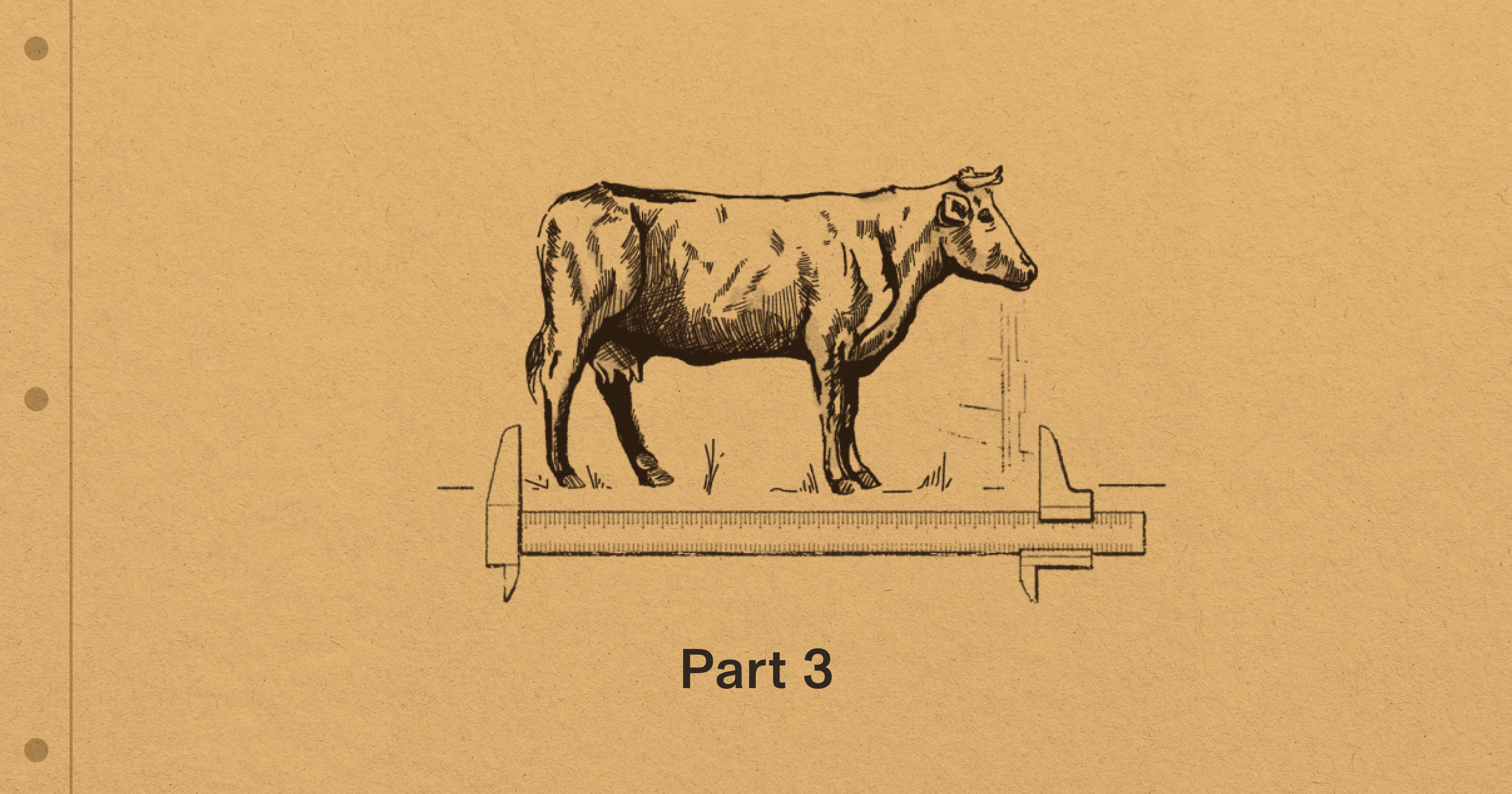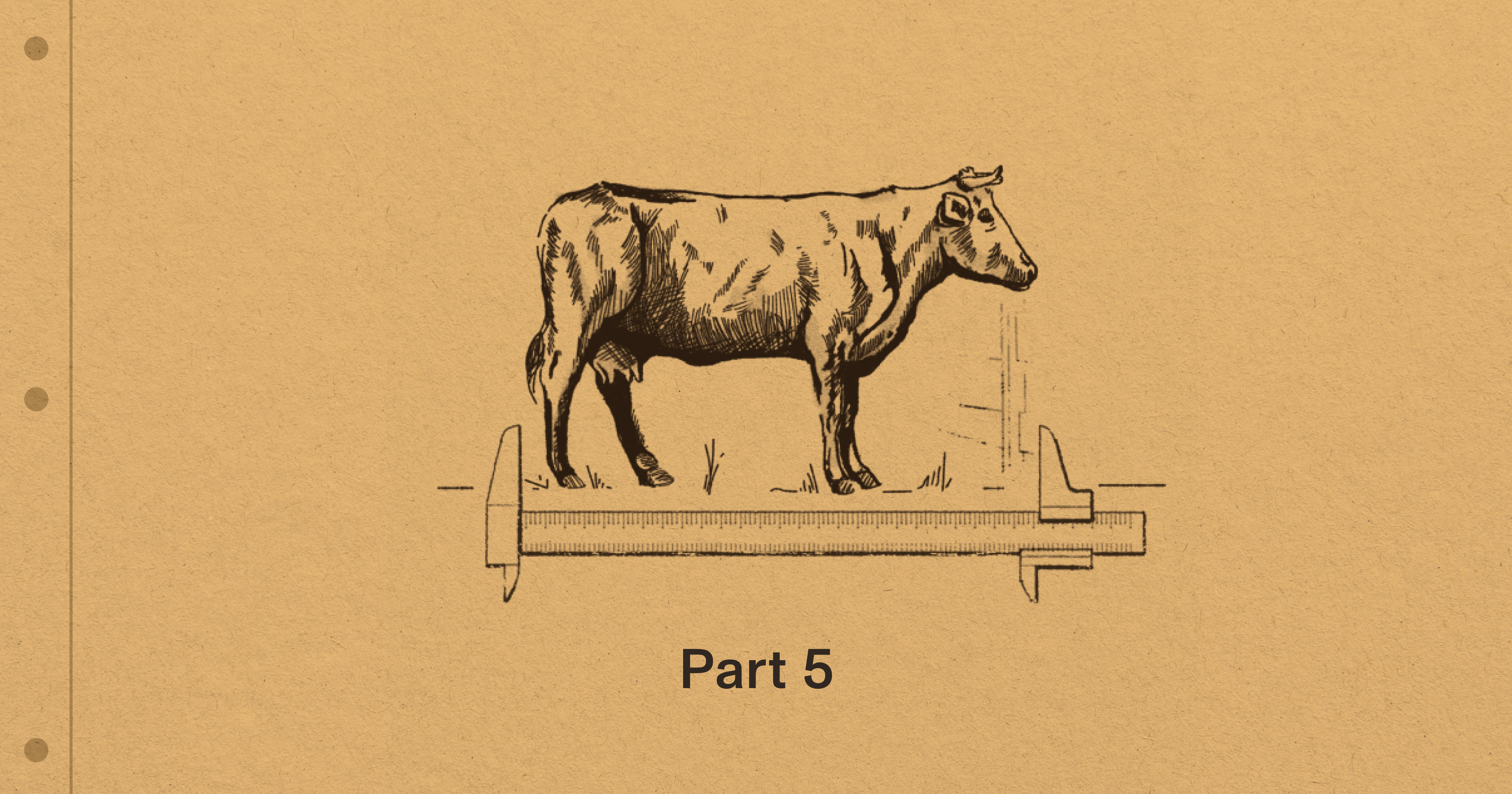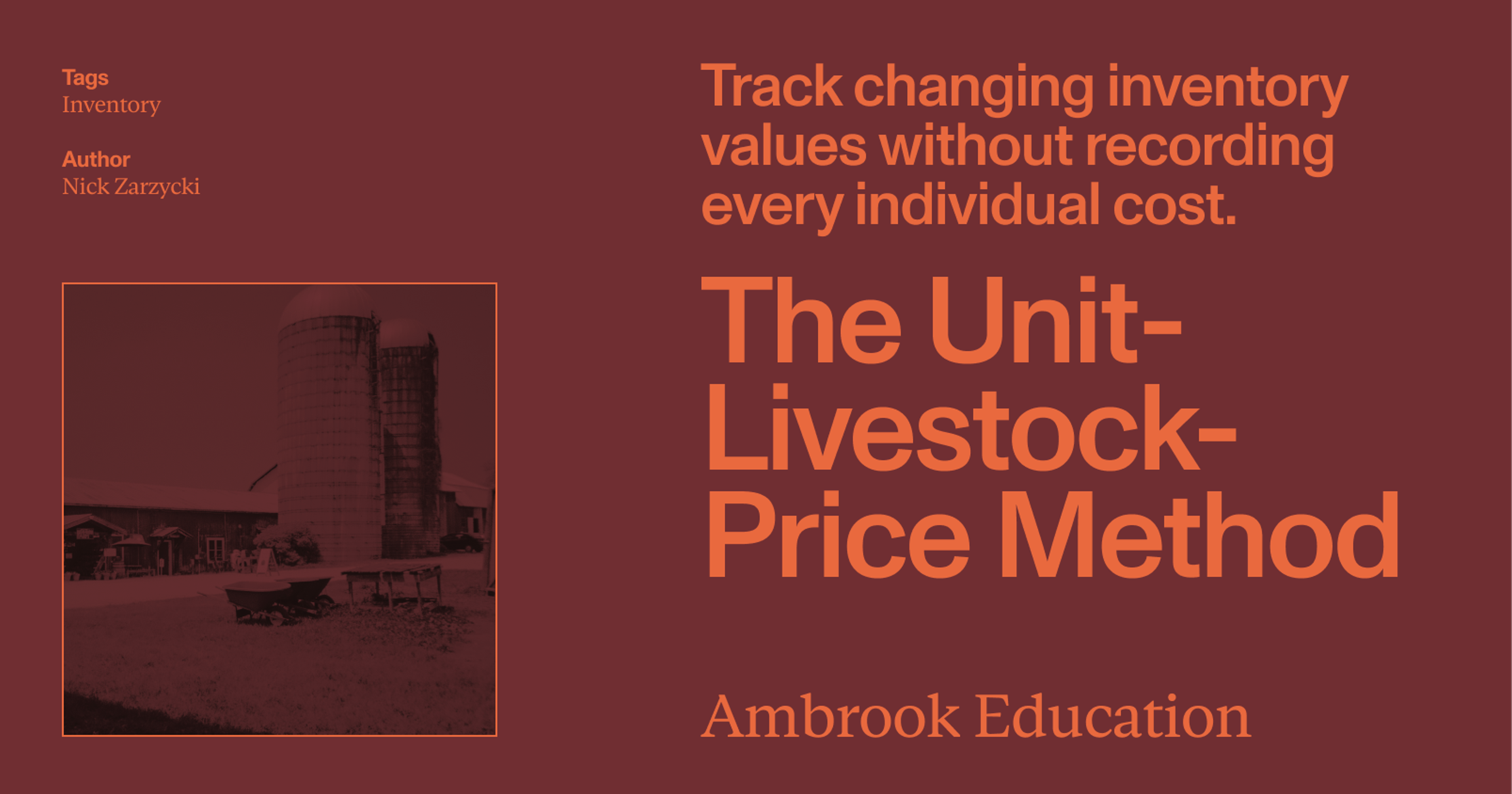Part One of Managerial Accounting for Raising Livestock for Cow-calf, Dairies, and other Breeding Stock Operations
This guide has been prepared for any operation that raises their own livestock, whether that is cattle, pork, horses, or any other breeding animal. We use the example of a cow-calf operation to illustrate the concepts, but the principles of how to value and account for farm-raised animals apply to any breeding stock business.
Introduction
When most people think about bookkeeping and accounting they think about taxes. Because most businesses file their taxes on a cash basis, their primary concerns are:
Making sure all the deposits and withdrawals in the bank account are accounted for
Making sure their asset purchases are recorded on their depreciation schedule
Minimizing the tax liability for the year
Managerial accounting is the practice of keeping your books in a way that produces financial reports to help you make better operational decisions. This means doing cost and performance analysis to inform better financial planning and analysis. One key component of managerial accounting is looking at your books and financial statements on an accrual basis. At a high level, the defining factor of accrual basis bookkeeping is recognizing income and expenses at the time services are delivered, not just when the cash leaves the bank account.
What does keeping accrual basis books mean in practice for a livestock operation? Consider, for example, the lifecycle of a calf. First, for nine months the calf is being carried by a cow who you spend money to care for and feed. Then, once the calf is born you have more vet expenses, labor costs, and more feed. You may hold on to this calf for a year before you decide to sell it. All-in the process to raise the calf has spanned 3 full fiscal years. The core principle of accrual basis bookkeeping is that you keep track of all those expenses over time and only recognize them on your income statement when the calf is actually sold.
Running a livestock operation comes with unique challenges, but tracking expenses over time and keeping track of your animal inventory are two of the hardest ones. Accurate accounting of the breeding stock is a critical component for measuring the profitability and sustainability of your operation. As a business manager you need to answer questions you may have such as:
What’s my breakeven price on the calves I’m weaning?
Does it make sense to raise replacement heifers, or is it more profitable for me to go out and buy bred heifers on the market?
What return am I getting on my investment in my breeding stock?
These kinds of questions can be answered with managerial accounting – while that may seem daunting – but we’ve designed a guide to walk you through the process step-by-step, providing you with the tools and know-how to measure the things that matter. First we will cover both the accounting principles you need to know as well as the practical, operational steps you can take to get the data you need. Then we will walk you through some detailed examples and show you the kind of insights you’ll be able to generate for your own business.
The Outputs
Before diving in, you should understand what exactly we will be working towards. The goal of this guide is to produce a set of reports and metrics that will help you run a better operation. Our guide will help you understand how to create:
A comprehensive Stock Flow plan
Profit & Loss statements by animal groups
Operating KPIs such as Weaned Calf Wt. per Exposed Females
Return on Assets (ROA) and other financial ratios
Having these reports and insights as a baseline is an essential first step if you want to think about growing and improving your business. You have to know where you are making and, importantly, losing money in order to know what to do differently.
Start Here
At Ambrook, we work with livestock operations of all shapes and sizes and have gathered the best-in-class resources throughout the industry to walk you through these concepts. Our team has reviewed resources from leading industry institutions such as the Farm Financial Standards Council, King Ranch Institute, Ranch KPI, and numerous agricultural extensions around livestock accounting best practices. While these institutions are not affiliated with Ambrook and did not create these materials, they helped inform the development of these methods. Our case studies are informed by the real-life experiences of our customers. If what you read here seems helpful for your business, our team and software platform can help you implement these practices with ease.
Our primary goal is to give you a comprehensive guide to managing your cattle accounting. Topics this will cover include:
One organizing principle of this guide is that you should be able to track your books at a managerial level without disrupting your tax accounting. Doing so requires a high-level understanding of the accounting concepts at play in Livestock Accounting 101.

